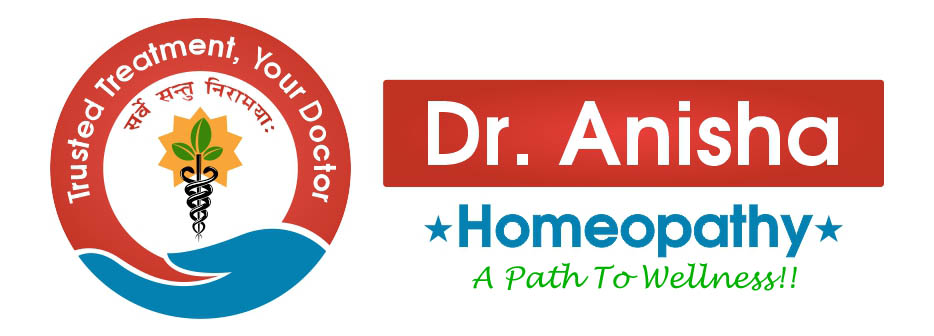
Kidney Stones: About, Causes, Symptoms, Homeopathic Removal
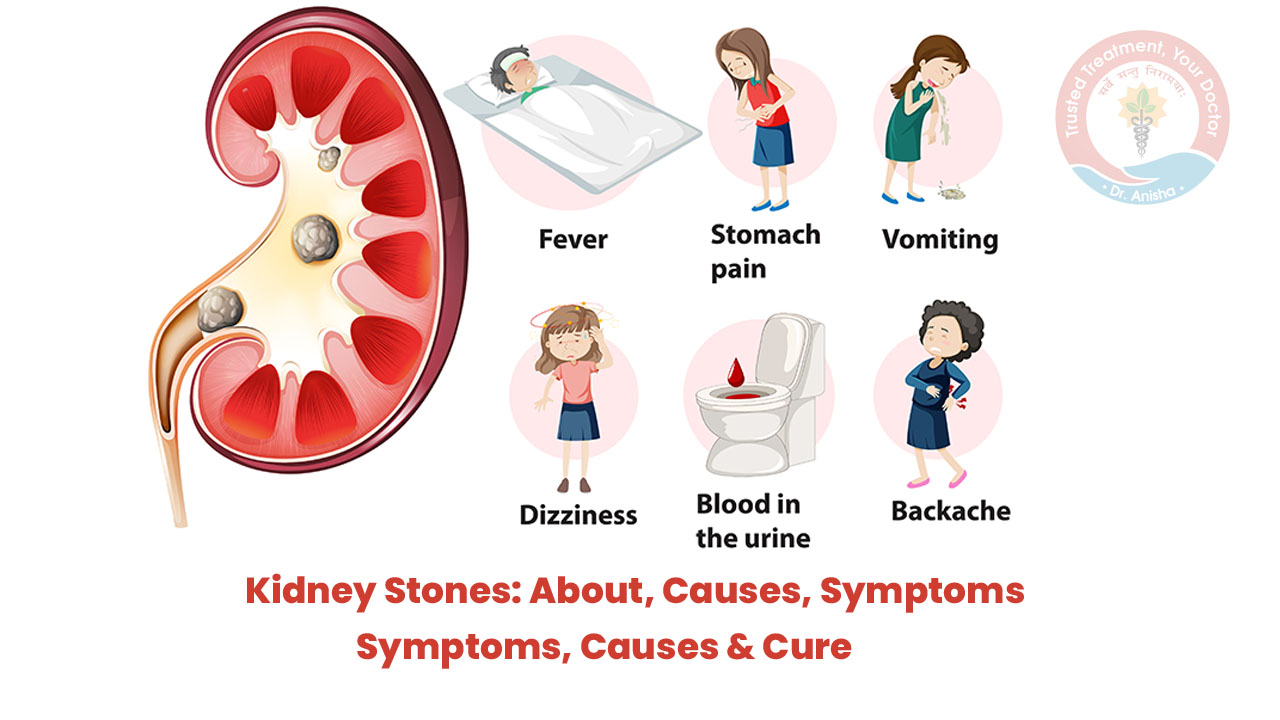
Kidney Stones: About, Causes, Symptoms, Homeopathic Removal
Kidney stones, also called renal calculi, are solid concretions (crystal aggregations) of dissolved minerals in urine, calculi typically from inside the kidneys or bladder.
Spread
Renal stone or calculus or lithiasis is one of the most common diseases of the urinary tract. It occurs more frequently in men than in women and in whites than in blacks. It is rare in children. It shows a familial predisposition.
Structure
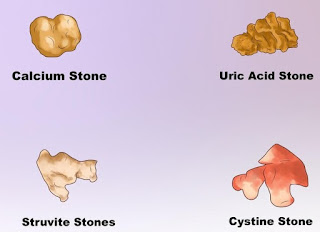 |
| Stone Structure |
Urinary calculus is a stone-like body composed of urinary salts bound together by a colloid matrix of organic materials. It consists of a nucleus around which concentric layers of urinary salts are deposited.
Size
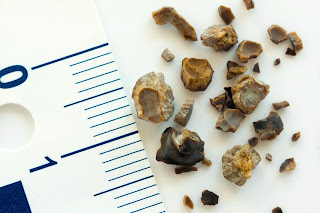 |
| Stones sizes |
Renal calculi can vary in size from as small as grains of sand to as large as a golf ball.
Types
The renal stones can be divided into two major groups
- Primary stones
- Secondary stones
PRIMARY STONES
They appear in apparently healthy urinary tract without any antecedent inflammation.
- Uric acid calculi
- Cystine calculi
SECONDARY STONES
They are usually formed as the result of inflammation.
- Triple phosphate calculus
- Mixed stones
Causes
Basics
Different types of causes
Sometimes there is deposition of mineral made up of calcium, uric acid and amino acid cysteine causes kidney stones. Several factors increases the risk for developing kidney stones, including inadequate fluid intake and dehydration, reduced urinary volume etc. Anything that blocks or reduces the flow of urine also increases the risk.
- HYPEREXCRETION OF RELATIVELY INSOLUBLE URINARY CONSTITUENTS such as oxalates, calcium, uric acid, cystine and certain drugs (such as magnesium trisilicate in the treatment of peptic ulcer)
- PHYSIOLOGICAL CHANGES IN URINE such as urinary pH (which is influenced by diet and medicines), colloid content, decreased concentration of crystalloids, urinary magnesium/calcium ratio
- ALTERED URINARY CRYSTALLOIDS AND COLLOIDS
- Either there is an increase in the crystalloid level or a fall in the colloid level, urinary stones may be formed
- If there is any modification of the colloids e. g. they lose their solvent action or adhesive property, urinary stones may develop
- DECREASED URINARY OUTPUT OF CITRATE
- VITAMIN A DEFICIENCY
- The desquamated cells form nidus for stone formation. This is more applicable to bladder stones
- URINARY INFECTION.
- Infection disturbs the colloid content of the urine, also causes abnormality in the colloids (which may cause the crystalloid to be precipitated).
- Infection also changes urinary pH and also causes increase in concentration of crystalloids
- URINARY STASIS.
- It causes a shift of the pH of the urine to the alkaline side, predisposes urinary infection, and allows the crystalloids to precipitation
Environmental and dietary factors
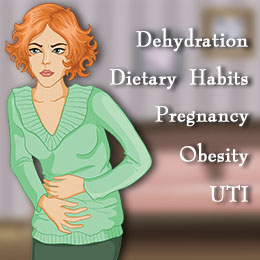 |
| Environmental Factors |
- Low urine volumes
- High ambient temperatures
- Low fluid intake
- Diet
- High protein intake
- High sodium
- Low calcium
- High sodium excretion
- High oxalate excretion
- High urate excretion
- Low citrate excretion
Symptoms
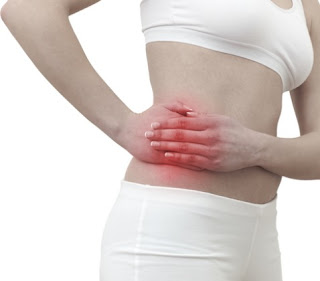 |
| Symptoms |
- Colicky pain: “loin to groin”. Often described as “the worst pain ever experienced”
- Hematuria: blood in the urine, due to minor damage to inside wall of kidney, ureter and/or urethra
- Pyuria: pus (white blood cells) in the urine
- Dysuria: burning on urination when passing stones (rare). More typical of infection
- Oliguria: reduced urinary volume caused by obstruction of the bladder or urethra by stone, or extremely rarely, simultaneous obstruction of both ureters by a stone
- Abdominal distension
- Nausea/vomiting: embryological link with intestine – stimulates the vomiting center.
- Fever and chills
- Hydronephrosis
- Postrenal azotemia: when kidney stone blocks ureter.
- frequency in micturation: Defined as an increase in number of voids per day (>than 5 times), but not an increase of total urine output per day (2500 ml). That would be called polyuria.
- Loss of appetite
- Loss of weight
Investigations
- Blood examination.
- Radiography
- Ultrasonography
- Renal Scan
- Stone analysis
General management
The general measures or advises which should be given to the patient regardless of the type of stone are:
- Fluid intake should be high at all times. Fluids should be taken at bed time so that nocturia will occur. This will prevent dehydration
- Avoidance of milk, cheese and great deal of calcium should be advised. If renal function is satisfactory, sodium cellulose phosphate 5 g T.D.S. with meals should be prescribed to reduce calcium absorption
- Urine should be kept acid all the time. Alkalies should be prohibited or used in lesser quantities in those patients who are suffering from peptic ulcer
- Vitamin D should be stopped or used in very low quantity
- Patients with hyperuricemia should avoid red meats, offal and fish, which are rich in purines, and should receive treatment with allopurinol
- Eggs, meat and fish are high in sulphur containing proteins and should be restricted in patients with cystinuria
Kidney stone removal with homeopathy remedies
 |
| Homeopathy |
Homeopathy treats the person as a whole. It means that homeopathic treatment focuses on the patient as a person, as well as his pathological condition. The homeopathic medicines are selected after a full individualizing examination and case-analysis, which includes the medical history of the patient, physical and mental constitution etc. The aim of homeopathy is not only kidney stone removal but to address its underlying cause and individual susceptibility. As far as therapeutic medication is concerned, several remedies are available to treat kidney stone that can be selected on the basis of cause, sensations and modalities of the complaints.
The following remedies which are helpful in kidney stone removal:
Argentum nit.
“Nephralgia from congestion of kidneys or passage of calculi.” Dull aching in small of back and over bladder. Urine dark, contains blood or deposit of renal epithelium and uric acid: passed often and little at a time, in drops (Nephritic colic.). Urine burns while passing and urethra feels swollen. Face dark: dried-up look, old looking patient. Arg. nit. craves sweets and sugar, which disagree. Suffers from anticipation: hurry. Flatulent dyspepsia.
Belladonna
Renal calculi with sharp, shooting pains. Come suddenly, cramps straining along ureter, during passage of calculus. Feverish and excitable. “Irritation and clutching and spasm where there are little circular fibers in small canals- as in gall-stones (which see) or in renal calculi.” Bell. is red, and hot, and dry: hypersensitive, especially to jarring. Bell. Pains come and go suddenly.
Benzoic acid
Nephritic colic with offensive urine.Urine dark brown, and the urinous odor highly intensified. Enuresis nocturnal of delicate children, dribbling urine of cold men with enlarged prostate; excess of uric acid. But patient feels better when urine is profuse, thick and offensive: suffers in joints-heart- when it is clear and scanty. Catarrh of bladder after suppressed gonorrhea.
Berberis Vulgaris
“Excellent remedy for renal calculi.” Pains shoot: radiate from a point. Tearing cutting pain in kidneys, extending down the ureters to the bladder or urethra, or shooting all through the pelvis and in to the hip, cutting and sticking pain in bladder and urethra; pain extends to testicle of affected side, which is drawn up; urine hot, dark or bright yellow, or blood red with white, grayish, or bright red, mealy sediment or red granules or yellowish red crystals; paralyzed, bruised sensation in renal region and small of back, aggravation while sitting or lying; bubbling sensation in various parts.
Cantharis
One of the best remedies during the paroxysms of renal colic. Pain and excitement found in no other remedy. renal region sore and sensitive to touch; dull pressing pains in kidney; cutting, contracting pains in ureter, constant urging to urinate, passing but a few drops at a time, which is mixed with blood.Intolerable urging, before, during, and after urination; violent pains in bladder. Burring cutting pains in urethra during maturation; violent tenesmus and strangury. The burning pain and intolerable urging to urinate, is the red strand of catharis in all inflammatory affection.
Calcaria Carb
Useful for kidney stones, especially in the period between the passage of stones; acts well when stones are composed of calcium. Helps the person who is overweight, sluggish, chilly, and tends to form stone in other parts of the body.
Hydrastis
Dull aching in kidney region. Intense pain in left ureter. Frequent, scanty urination, with burning at the end of it. Thick, ropy, mucous sediment in urine.
Ocimum Can
Urtica Urens
Its use in kidney stone removal is very old. It acts as a cleaning agent of the kidneys and eliminates gravel from them. When used after expulsion of stones, prevents their recurrence.
Lycopodium
Helps in kidney stone removal when there is right renal colic, pain extending down (right) ureter to the bladder, with frequent urging to urine; urine scanty, high colored and deposits a red or yellowish red sandy sediment; severe backache relieved by passing urine; rumbling and blotted feeling in abdomen; burning between scapulae; haematuria; children scream out with pain when awaking from sleep and kick all around.
Sarsaparilla
Recent Posts


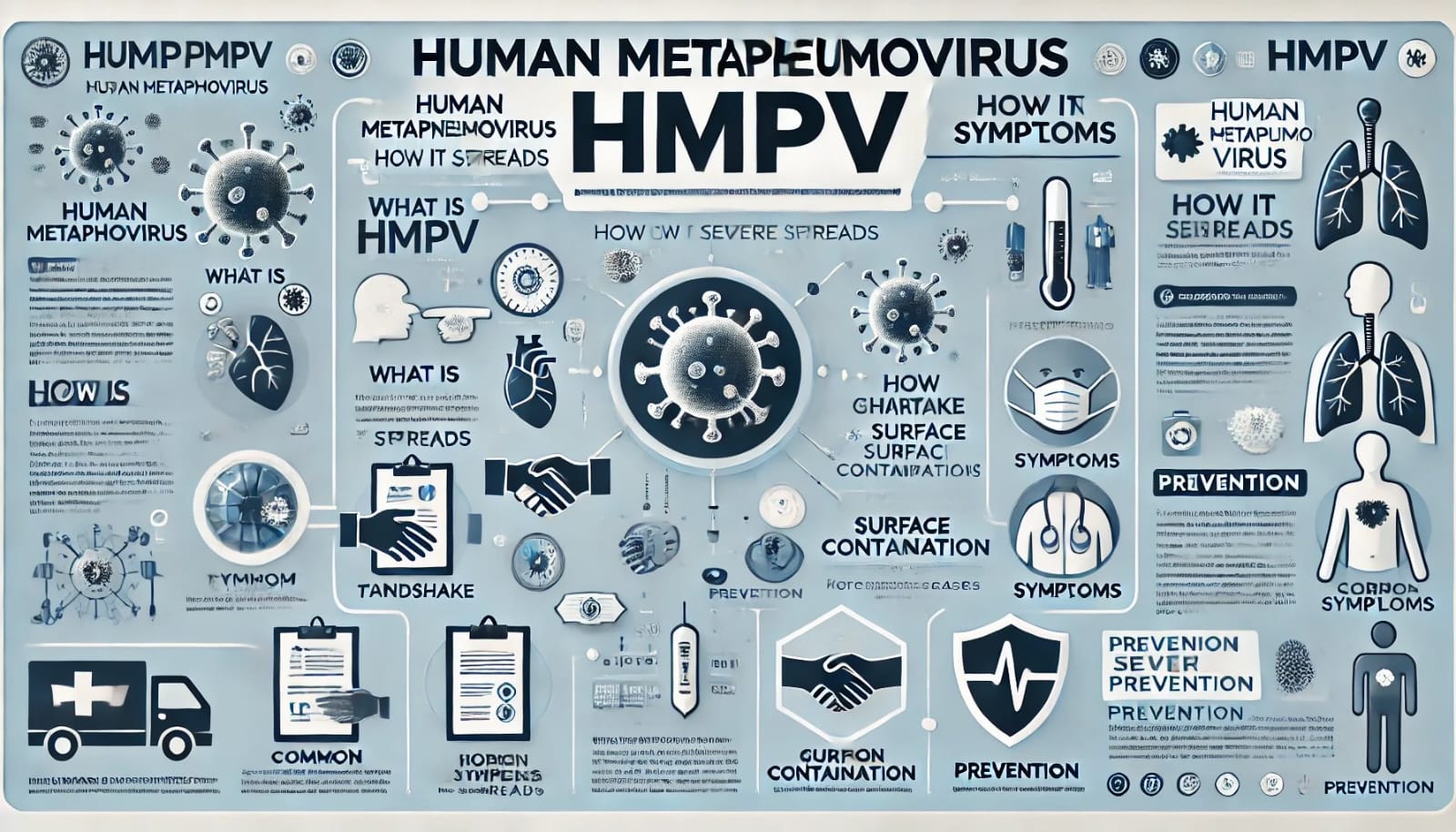
Human Metapneumovirus (HMPV)

Real-Life Success Stories: Homeopathy Case Studies Unveiled


Homeopathic Clinical Management Of Dengue Fever

Discovery Of Homoeopathy
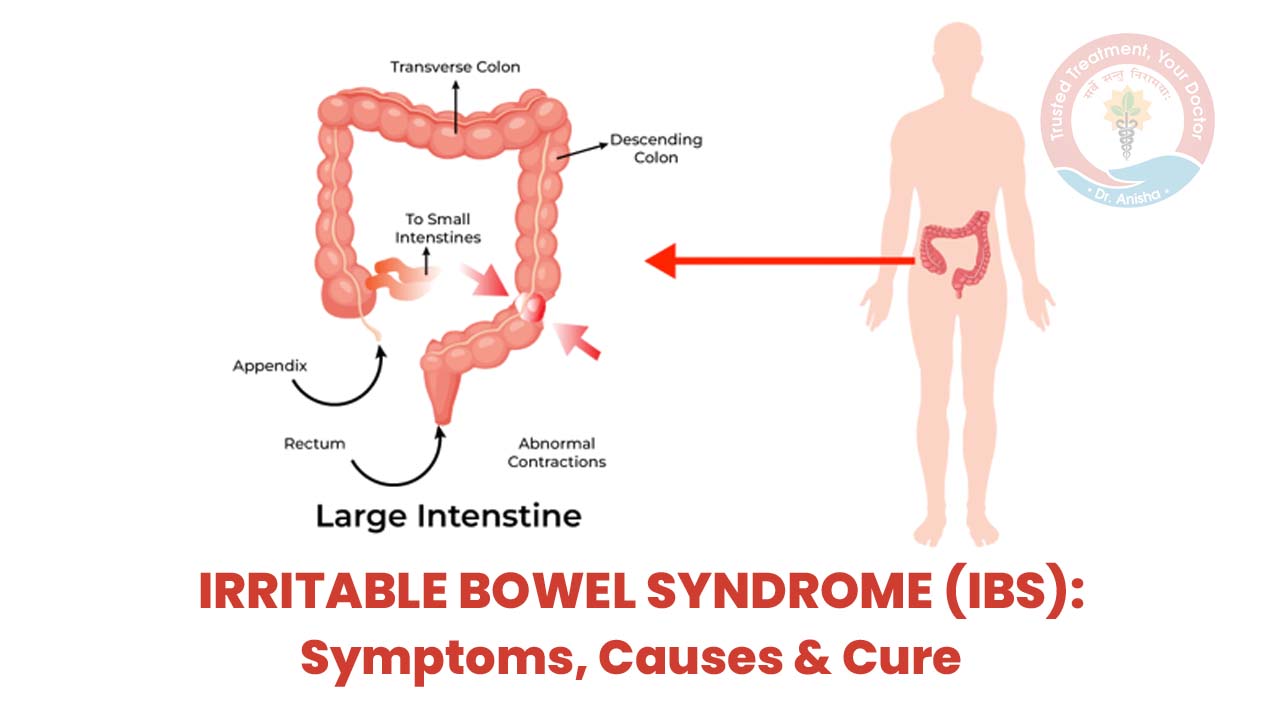
IRRITABLE BOWEL SYNDROME (IBS): Symptoms, Causes & Cure
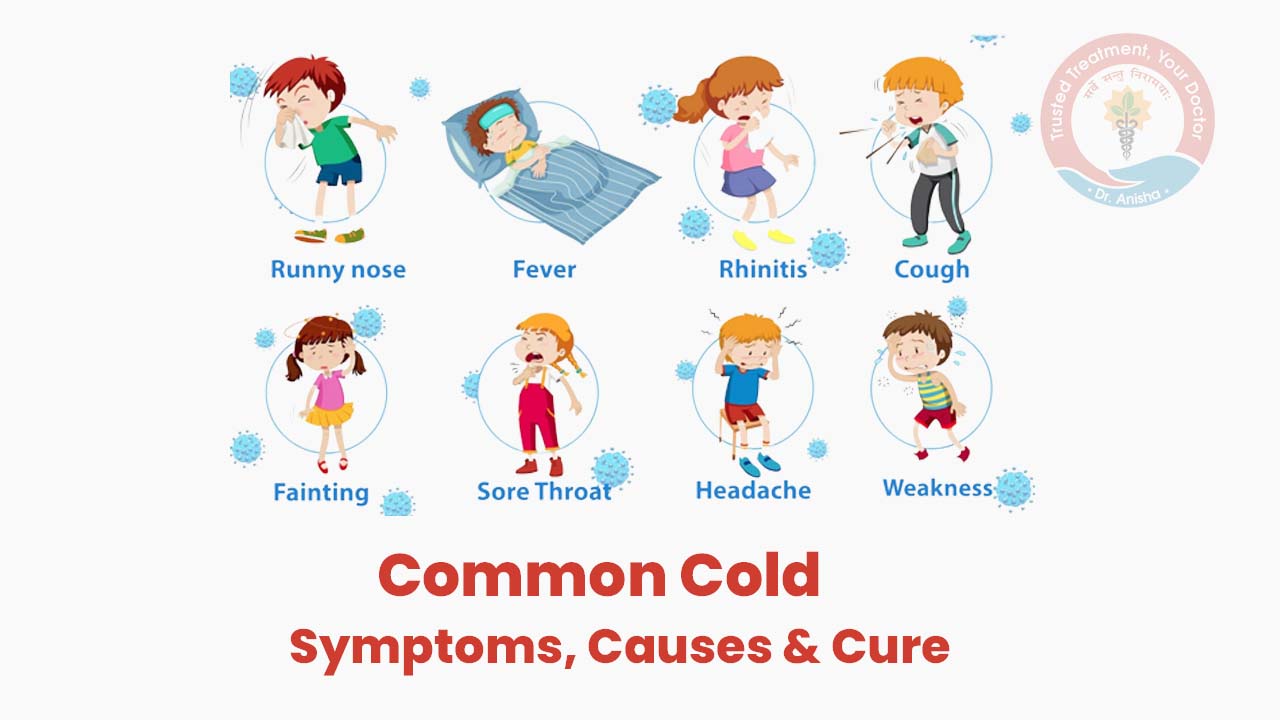
Common Cold: Symptoms, Causes & Cure

